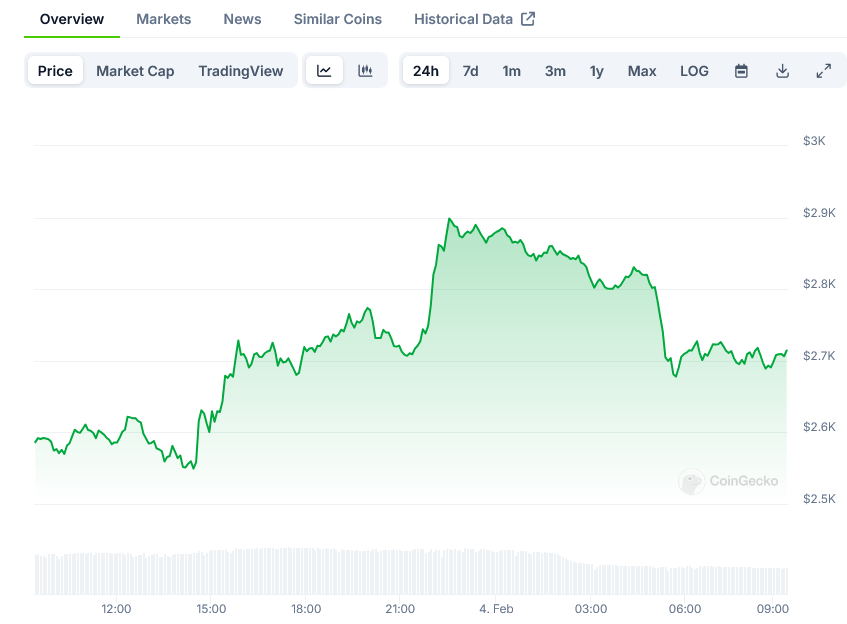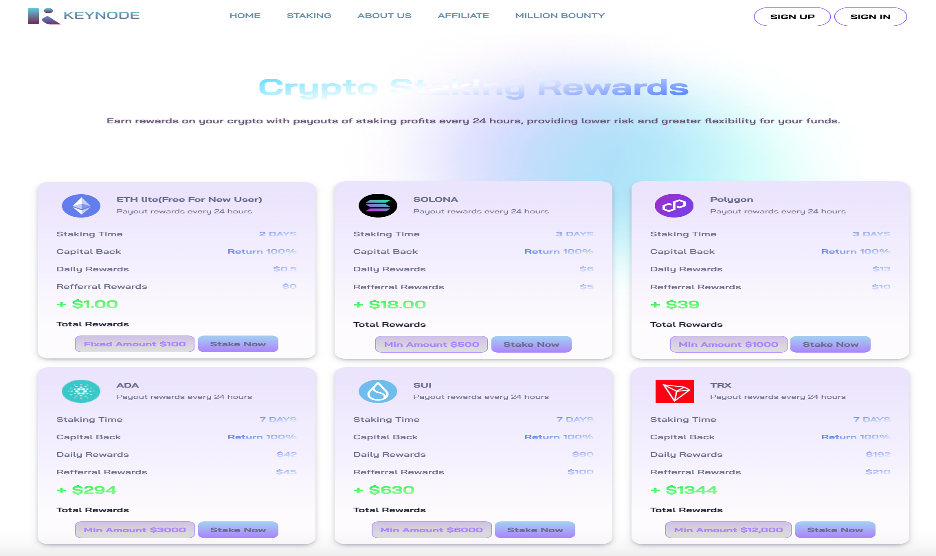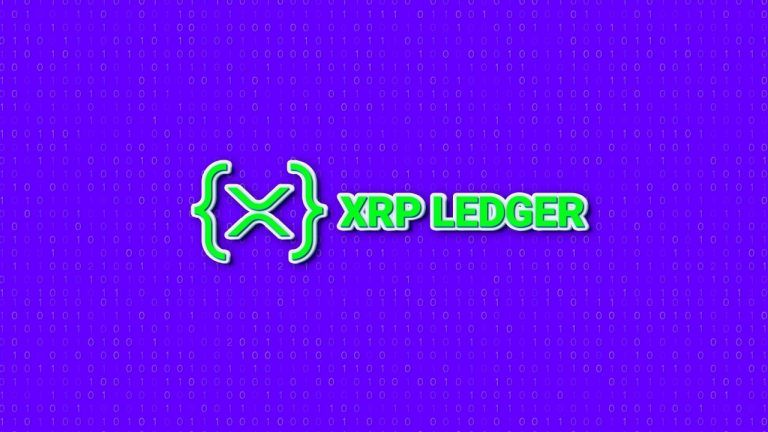Norwegian Central Bank Harnesses Ethereum’s Infrastructure To Build National Digital Currency

Central banks around the world are exploring the implications of issuing a central bank digital currency (CBDC).
In the latest efforts to create a national digital asset, the central bank of Norway has released the open source code for its CBDC’s sandbox and the bank’s Ethereum technology as a core infrastructure.
Infrastructure for the Norges Bank CBDC sandbox is currently available on GitHub.
Norway Looks to Ethereum
Through a specific design option, the sandbox interface enables interaction with the test network and offers a suite of features such as minting, burning, and transferring ERC-20 tokens, as explained by the Norges Bank’s official CBDC partner, Nahmii, in a blog post.
Nahmii added that the team would continue to explore the development of the sandbox’s possibilities like batch payments, security tokens, and bridges, as well as smart contract deployment, and additional frontend development.
The CBDC partner also noted that:
“This version of the code is only suitable for keystore files and does not support MetaMask, this is by design. The current version of the Norges Bank sandbox network sits behind basic authentication and is only accessible by users with the appropriate credentials. Transactions on the test network are therefore private.”
Central bank’s intention to adopt Ethereum’s technical capabilities was demonstrated in a CBDC-related blog post in May.
The search for a better monetary form has led the Norges Bank to the concept of CBDC. The bank officially announced its plan to undertake several CBDC experiments in April 2021, according to the previous report. The plan will involve the exploration of a wide range of CBDC design options.
A Great Options for Devs
Prior to pursuing Ethereum-based infrastructure, the bank had considered the prospects of alternatives like Bitcoin and Bitcoin SV, which was mentioned in a working paper published in November last year.
Also in this document, the bank highlighted interoperability as one of the greatest concerns. That might explain its adoption of Ethereum technical solutions.
According to the International Monetary Fund, over half of the central banks around the world have been exploring CBDCs as of July 2022. Nigeria and The Bahamas are the two countries that have completely launched CBDC. China is the most active country with various trials with CBDC.
The Merge will take place in a couple of days, and in the days leading up to it, there are a lot of events taking place in connection to the Ethereum project.
The Ethereum merger has received support from many entities. Several investors, including those who control the largest NFT collections and crypto protocols, have abandoned a forked blockchain that will nonetheless continue to function with PoW after the switch. SEBA Bank is also among many entities that have shown support for the upgrade.
More Banks Look to CBDCs
The Swiss bank SEBA Bank announced the previous week that it will support Ethereum and the forthcoming Merge in an unqualified manner.
As the bank’s own way of contributing to Vitalik Buterin’s project, it launched Ethereum staking for its customers as part of its efforts to do so. The financial institution had previously provided staking services for the cryptocurrencies Cardano (ADA), Polkadot (ADA), and Tezos (XTZ).
Even while the merge is supposed to fix some issues with network scale and power consumption, there is still a possibility that it may result in other problems, such as network centralization.
Coinbase’s Chief Executive Officer, Brian Armstrong, has lately stated his concerns. According to him, the pressure from the regulators can put the reliability of the network in jeopardy.
On the other hand, censorship is not the only danger that the new blockchain faces. There is a strong argument that institutional investors pose the greatest threat.
Google has begun the countdown to the high-anticipated transition. It is a safe bet that the new network’s founder, Vitalik Buterin, has previously prepared everything, despite the fact that some individuals are concerned about the impact that the enormous influx of institutional investors will have on the network.
The post Norwegian Central Bank Harnesses Ethereum’s Infrastructure To Build National Digital Currency appeared first on Blockonomi.









